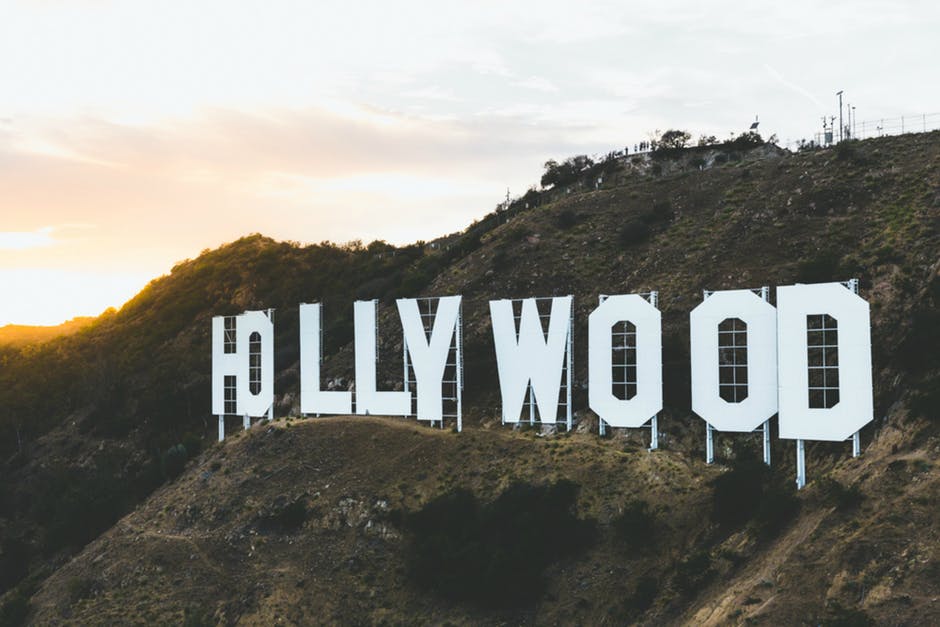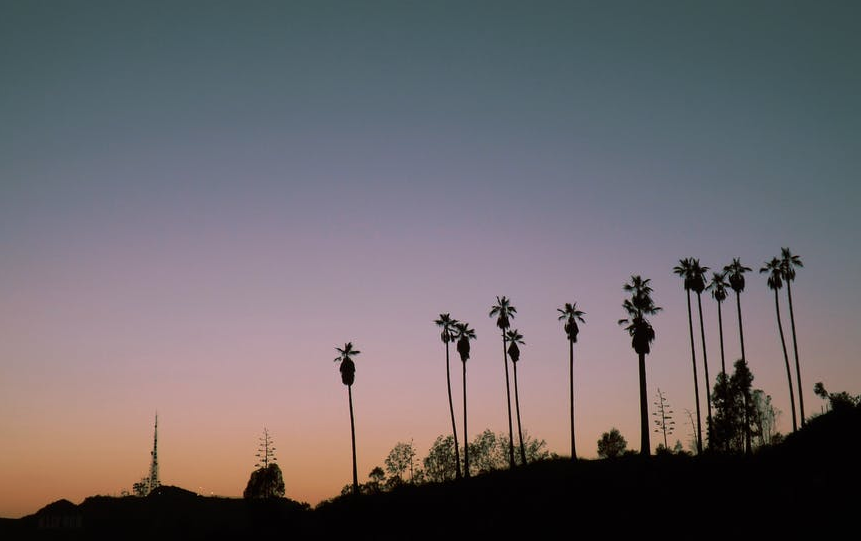Minority representation in films and other entertainment mediums have been heavily discussed, with a focus on the industry’s lack of inclusion for women and minorities. The Academy of Motion Picture Arts and Sciences recently admitted it’s largest-ever group of new members, reflecting a commitment to work toward the goal of doing a better job at including minority actors in film and television.
So the question today is, has Hollywood diversified? Are we moving forwards? Sure, movies like “Hidden Figures” and “Fences” were widely praised at the Oscars, but we still have to ask: is minority representation really getting better in films, or is there a lot more work to do?
According to a 2016 study titled “Inclusion or Invisibility? Comprehensive Annenberg Report on Diversity in Entertainment,” only 33.5 percent of speaking roles were given to females and under 30 percent of non-white roles involved dialogue. Major film distributors like Disney, 21st Century Fox, Sony, and NBC Universal failed inclusivity evaluations. Those are not very encouraging numbers for an industry that is supposed to be embracing more diversity.
Worse, stories continue to percolate that the input and feedback given by minorities on film projects is often ignored. During the filming of Adam Sandler’s “The Ridiculous Six,” Native American actors hired for the film walked off the set, finding some of the humor in the script greatly offensive. It was reported that their concerns were not taken seriously, and Netflix also defended the decisions of the filmmakers to include the content. Accurate and improved minority representation is hard to achieve without listening to concerns voiced by professionals who are, in fact, minorities.
However, not everything is completely hopeless for diversity in film. In February, the premier of the highly anticipated social-thriller “Get Out” broke several milestones. Jordan Peele’s debut made him the first black writer-director to achieve a $100-million film opening. It surpassed “Paranormal Activity” as the highest-grossing film for Blumhouse Studio, and maintained an impressive theater turn-out throughout its run. Peele has several more social thrillers in the works, pointing towards more great and diverse movies to enjoy soon.
Audience plays a huge role in representation as well. Want to help push for inclusion in Hollywood? Actively support diversifying film by watching films written and produced by women and minority filmmakers. Challenge yourself to watch more films by women and non-binary writers and directors, or filmmakers who are not white. Hollywood will be closer to representing all kinds of people when you demand more inclusiveness.


